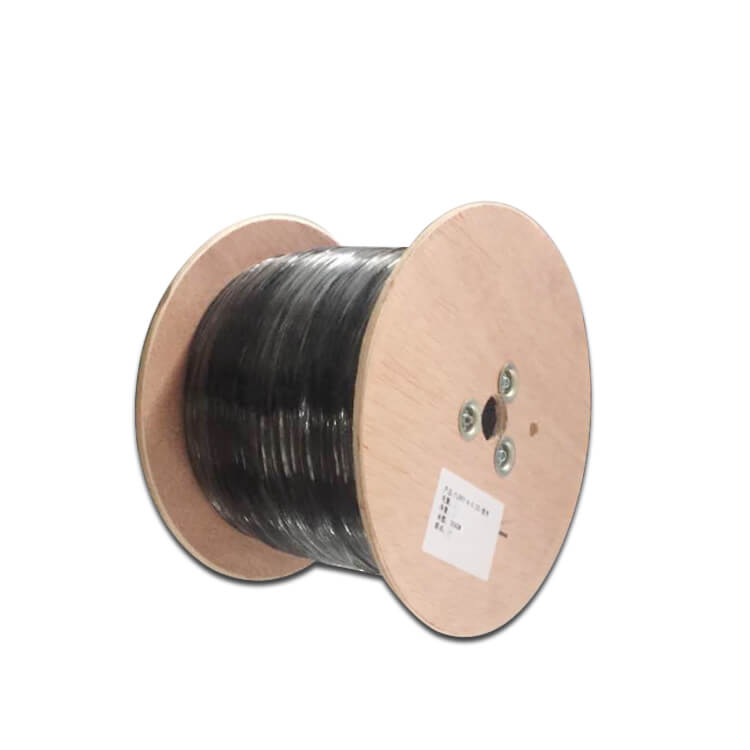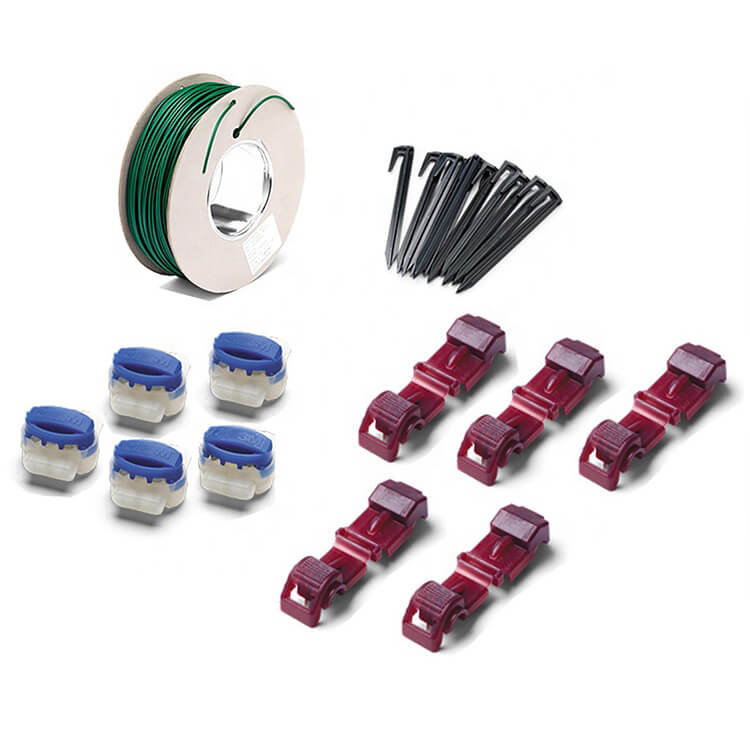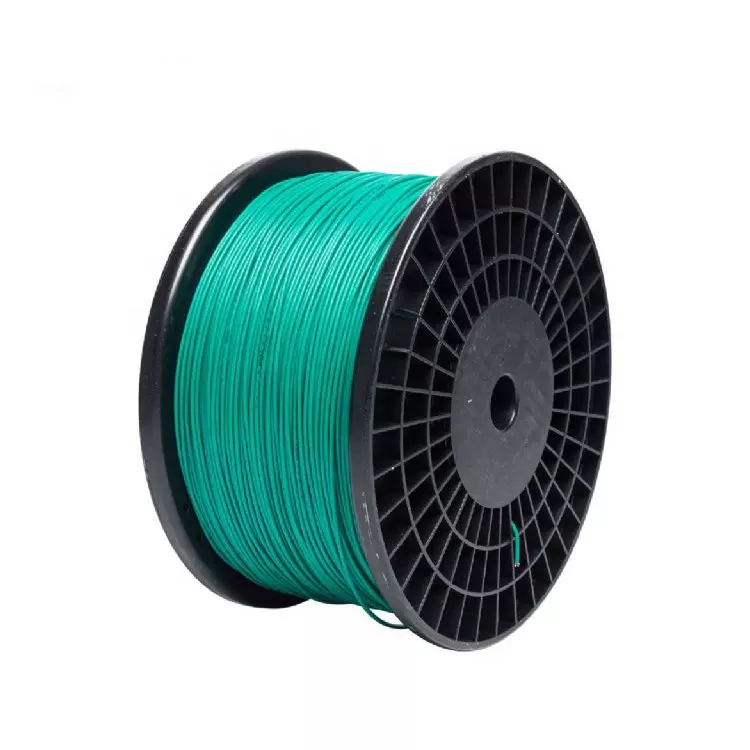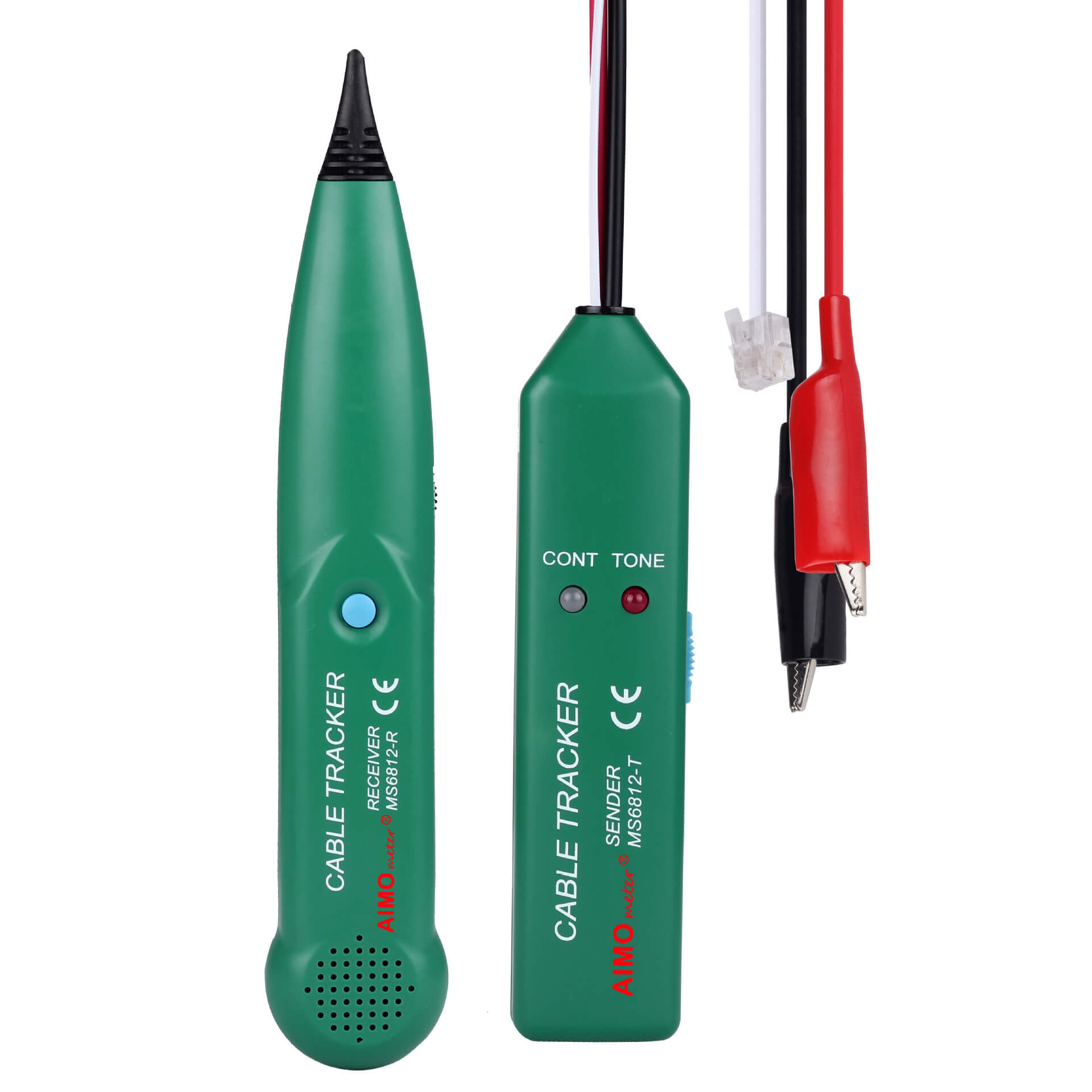Wire and cable systems are foundational to the smooth functioning of modern society, facilitating the seamless transmission of electricity, data, and communication across various industries. These components are indispensable, forming the backbone of critical sectors like telecommunications, power distribution, transportation, healthcare, and more. In this detailed exploration, we'll delve into the vital roles and significance of wire and cable in contemporary life.
Wire and cable networks play a pivotal role in the distribution and transmission of electrical power, ensuring a reliable supply from generation sources like power plants to homes, businesses, and industries. They encompass various cable types, designed for efficient transmission at both high and low voltages, ensuring safe and steady electricity distribution.
The telecommunications sector heavily relies on wire and cable systems for transmitting vast amounts of data globally. Fiber optic and copper cables are key components, enabling high-speed data transmission crucial for internet connectivity, phone communications, and an array of digital services.
In computer networks and data centers, wire and cable infrastructure is fundamental. Ethernet cables, coaxial cables, and fiber optic cables form the backbone, facilitating high-speed data transfer critical for internet functionality, cloud computing, and diverse applications requiring rapid data exchange.
Wire and cable systems are essential in the automotive industry, powering various components in vehicles. From power distribution to lighting, control systems, and communication, these systems play a pivotal role. Electric vehicles (EVs) particularly rely on specialized cables for their powertrain, battery systems, and charging infrastructure.
In industrial automation and machinery, wire and cable systems power and control automated equipment. These cables ensure smooth operations and precision in manufacturing processes, optimizing productivity and efficiency.
The aerospace and aviation sectors heavily depend on wire and cable systems for powering navigation systems, communication devices, lighting, and various electronic components crucial for the functionality and safety of aircraft and spacecraft.
The healthcare industry relies on specialized medical cables for accurate and reliable signal transmission in diagnostic devices, medical imaging systems, patient monitoring, and surgical equipment, contributing significantly to improved patient care and outcomes.
In the renewable energy sector, wire and cable infrastructure play a vital role in connecting renewable energy sources like solar and wind power to mainstream power grids. They facilitate the transmission of generated electricity from these renewable sources to homes and industries.
Wire and cable technology are fundamental in residential and commercial buildings, providing power and connectivity. Electrical wiring and cabling support lighting, power outlets, heating, ventilation, air conditioning (HVAC), and various other essential applications.
Security and surveillance systems depend on wire and cable systems, forming the network that connects cameras, alarms, access control systems, and other security devices, ensuring a secure environment.
At the consumer level, wire and cable technology facilitates connectivity in homes, linking devices like TVs, speakers, computers, and other consumer electronics to power sources and enabling data transfer for seamless user experiences.
In summary, wire and cable systems are the linchpin of contemporary technological advancements and infrastructure, ensuring the efficient and reliable transmission of electricity, data, and communication across diverse sectors, thereby underpinning our modern way of life.

 ENGLISH
ENGLISH 简体中文
简体中文 GERMAN
GERMAN SPAIN
SPAIN
 +86 181-5747-1135
+86 181-5747-1135







 Abroad:+86 181 5747 1135
Abroad:+86 181 5747 1135 FAX: +86 574 8900 7636
FAX: +86 574 8900 7636 E-mail:
E-mail: 

 read the map
read the map

